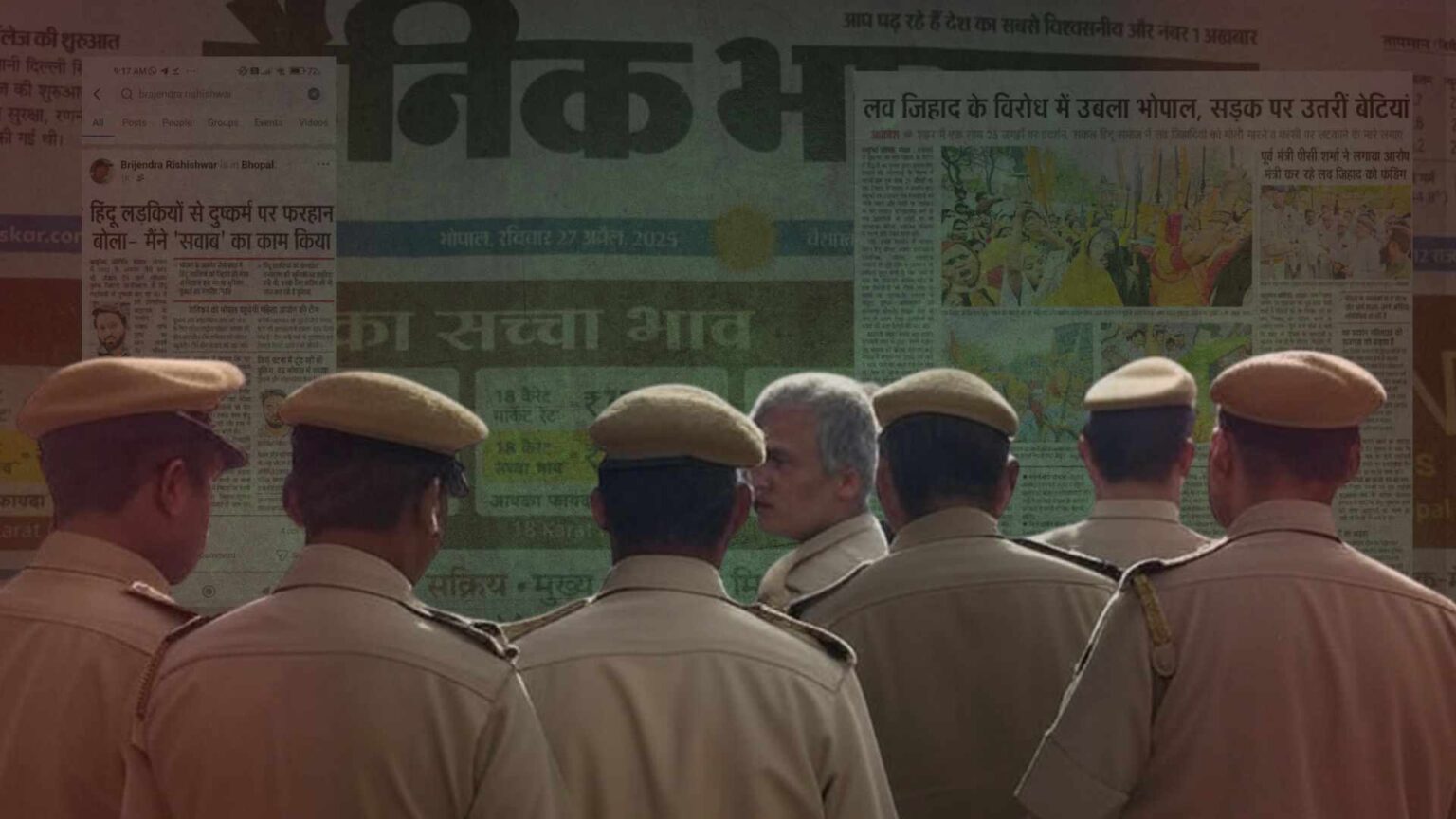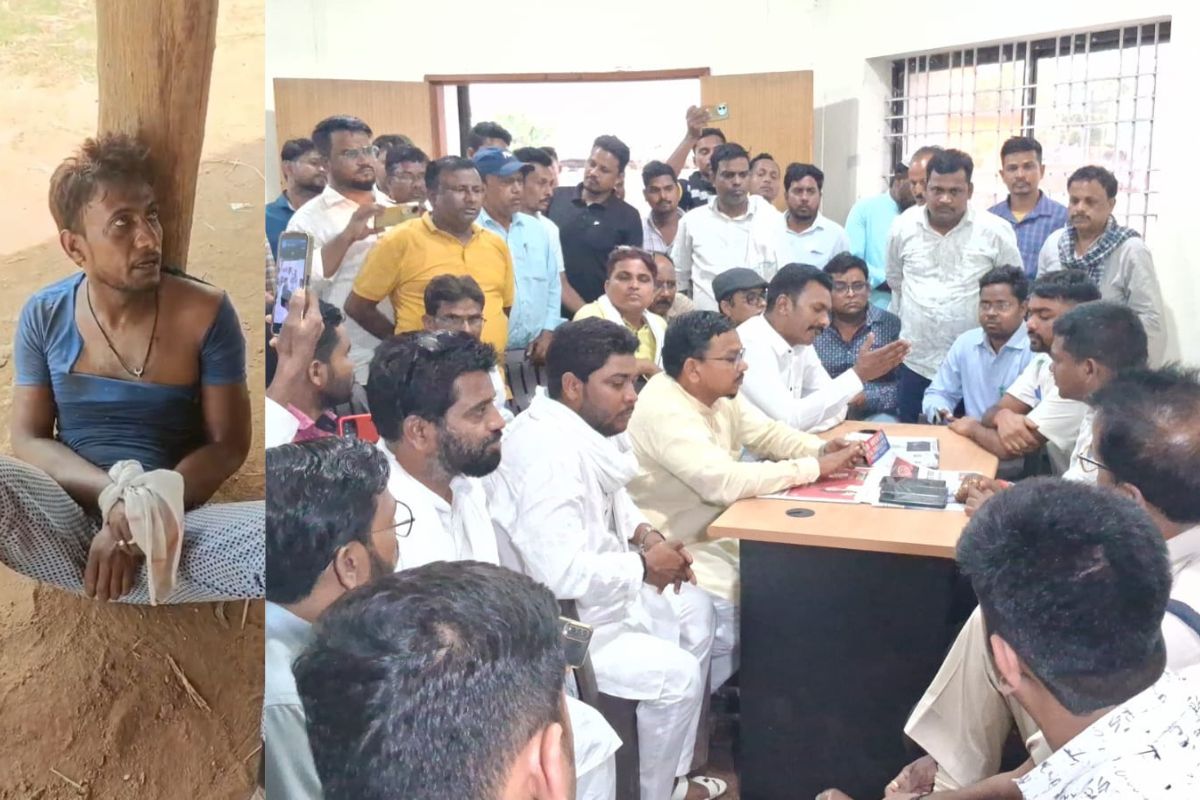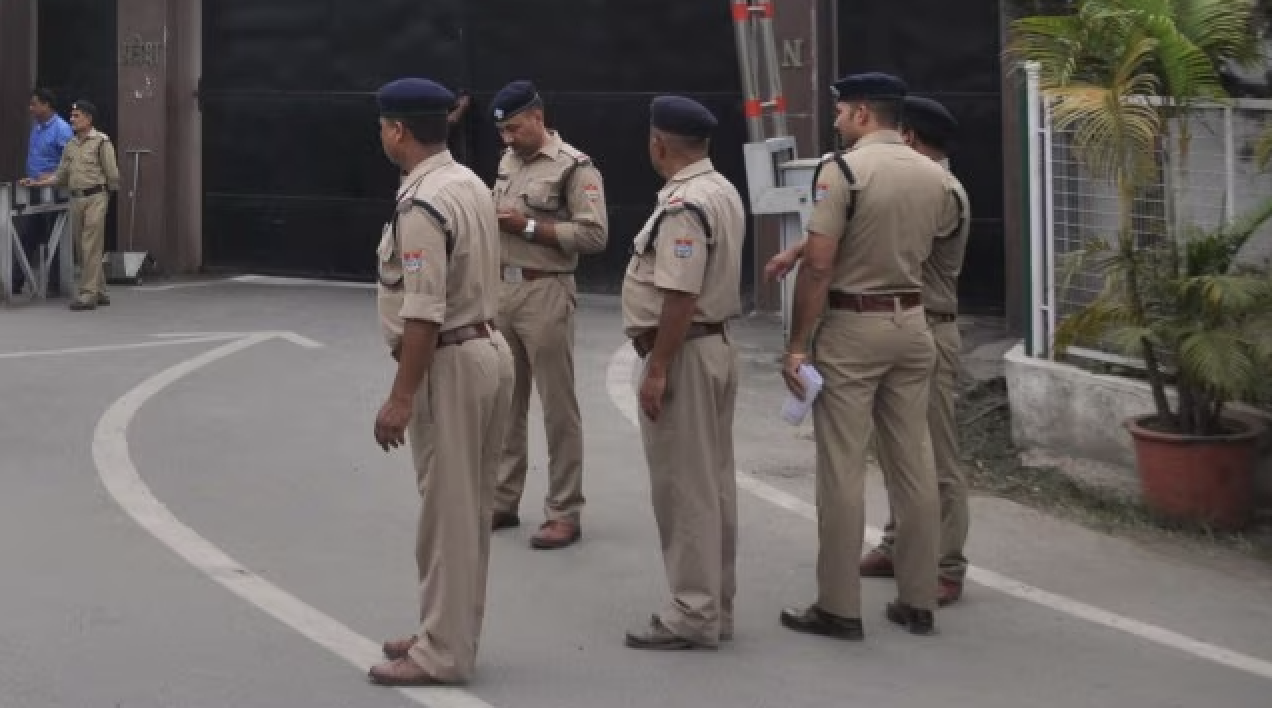
By Roshan Kishore
On August 5, Prime Minister (PM) Narendra Modi set the process of the construction of a Ram temple at Ayodhya in motion. This is a moment of political triumph for Hindutva politics. And the euphoria in the Hindutva camp, especially the Rashtriya Swayamsevak Sangh (RSS) and its political affiliate, the Bharatiya Janata Party (BJP), is not surprising.
What is disappointing, however, is the reaction of the secular camp. Its response can be described as empty assertions against the victory of political Hindutva, wishful thinking about a closure of such politics, or, just opportunistic celebration. Rahul Gandhi’s tweet trying to seek some sort of self-righteous, even metaphysical, solace by portraying Ram as opposed to the politics of hate and injustice fits the first category. The Communist Party of India (Marxist)’s statement lamenting that the bhoomi pujan should not have been made into a political event fits the second category. Priyanka Gandhi Vadra’s statement, and the response of most other political leaders, which celebrated the act in the hope that it will be used as an occasion to promote harmony and cultural affinity, fits the third category.
None of these positions will worry the BJP. It will celebrate, and rightly so, the construction of the temple as the biggest political success of its larger ideological project. It is also naive to expect that the BJP will not use the Ram temple issue for future political gains. The BJP is not concerned about whether its opponents think of its actions as justifiable or not. What matters for the BJP is the view of the majority, which as of now, appears firmly with the party.
The fate of secular politics in India, today more than ever, depends on whether or not its practitioners can explain its raison d’être to the Hindus. None of the mainstream political players are even trying to do that.
To be sure, there has been a fourth kind of reaction as well; largely from civil society voices. It paints August 5 as an apocalyptic event of sorts, when constitutional ideas have been destroyed forever. Irrespective of whether one agrees or disagrees with this assessment, such a position necessarily entails an abdication of politics per se. If there is nothing left to save, what’s the point of doing anything?
The collective despondency, captured by all the positions described above, is an alibi for the lack of political imagination and will of those who claim to champion the politics of secularism.
The Ram temple movement was the beginning of a political experiment to achieve a majoritarian political consolidation, which, in turn, was aimed at capturing power. It brought immense dividends initially. But it does not explain the current dominance of the BJP. Nor will it guarantee that its fortunes remain intact. Political Hindutva, like all political ideologies, will need to keep renewing its ideological hegemony. It has so far managed this: The Ram temple movement in the 1990s, politicisation of the surgical strikes and Balakot attacks against Pakistan before the 2019 polls, the politics around the Citizenship (Amendment) Act, and annulment of Article 370 under the second Modi government are examples of continuous efforts to ensure this.
This macro-politics is accompanied with a continuous simmering of religious polarisation, something Sajjan Kumar and Sudha Pai have described in detail in their book, Everyday Communalism: Riots in Contemporary Uttar Pradesh. The BJP has been shrewd in utilising each of these issues to impart dynamism to political Hindutva, and prevent it from becoming an ossified project. The so-called love jihad and cow vigilantism are good tools in rural and semi-urban centres. The party believed that they need not be unleashed in more posh urban settings, lest the middle classes get alienated. Even on the contentious issue of beef-eating, the BJP has shown remarkable tactical flexibility in states such as Kerala, where a large number of Hindus are beef-eaters.
The Opposition, meanwhile, has singularly failed to counter this politics because its methods are confused and half-hearted. For example, the secular camp could have resorted to an intelligent-yet-peaceful symbolism to organise a protest on August 5. Those who oppose the BJP are not an insignificant number. Contrast this with how the BJP cleverly called upon people to light lamps, which ensured mass participation even in the times of a pandemic.
Similarly, no mass campaign has ever been undertaken to counter cow vigilantes, even though it is common knowledge that even Hindus in the livestock economy have suffered due to this menace.
It is easier to ascribe these problems to personality-centric deficiencies. That, however, is only the surface of the problem. At the root of the present crisis of secularism is a lack of conviction among its so-called vanguards about its political prospects itself. This is what explains frequent “tactical” resorts of buying peace with Hindutva via the public display of Hindu beliefs by politicians. It is these acts which have given legitimacy to assertions from the Right that the Nehruvian secular consensus, and not Hindutva, was the political fringe in India.
Interestingly, Jawaharlal Nehru himself never took this consensus for granted. In his preface to Ramdhari Singh Dinkar’s Sanskriti ke Char Adhyay, written in 1955, Nehru warns Indian intellectuals against aping their English counterparts. He could see the former losing touch with the people, who were untouched by modern western ideas. Secularism, especially the concept of separation of the State from religion, is one of the core ideas of western modernity.
The prerequisite to strengthening any political project is to first identify its weaknesses, rather than pretend that all is well. This intellectual integrity must be complemented with political conviction to address these weaknesses. Secularism’s current defendants, unlike Nehru, have neither of these qualities.






